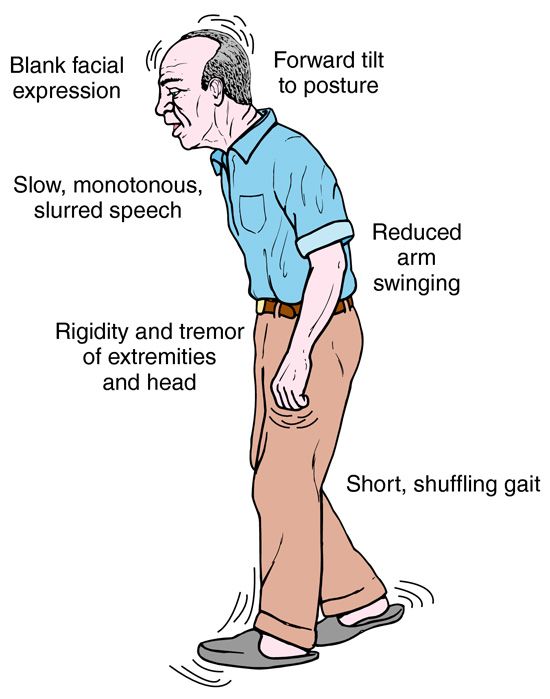
A progressive disorder of the nervous system causes Parkinson’s disease which affects movement of the body. The disease develops slowly and can start with a slight tremor in one of the hands, slowing of movement and stiffness. While walking the arms may not swing, face may show no or little expression and speech is slurred or soft. Over time symptoms of the disease begin worsening. Parkinson’s disease is difficult to cure but its symptoms can be controlled with medication. To improve symptoms or regulate specific regions of the brain, surgery may also be advised by the doctor, but in rare cases only.
Certain changes in lifestyle like regular exercising using aerobic exercises, stretching, balancing or other physical therapy will help. In case of speech problems, help of a speech language pathologist will bring in significant improvement.
If the patient faces problems of tremor, movement or walking issues, then medications are administered to substitute or increase dopamine, which is a neurotransmitter or signaling chemical in the brain.
One of the most effective medications for Parkinson’s disease is Carbidopa-levodopa. This is a natural chemical gets converted into dopamine, once is passes into the brain.
When levels of dopamine in the brain go down, it can trigger Parkinson’s disease. As dopamine cannot be given into the brain directly, medication is necessary. Once the treatment starts, significant improvement is seen in the patient. However, benefits of drugs become less consistent or diminish over time and symptoms of the disease reappear.
The medication may cause side effects like lightheadedness or nausea. If Levodopa is taken in higher doses, involuntary movements may be experienced. In such a case, gaps between doses or amount of dosage could be adjusted or reduced by the doctor.
Duopa is a medication given to patients who suffer from advanced Parkinson’s. The drug infusion in gel form is made from Levodopa and Carbidopa is administered to the patient through a feeding tube. The medication is directed into the small intestine. Risks like infection at the site of infusion or falling out of the feeding tube may occur.








